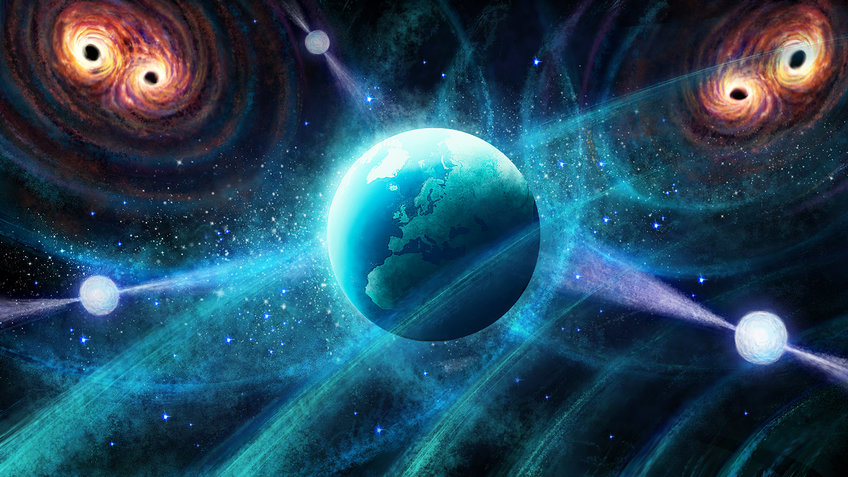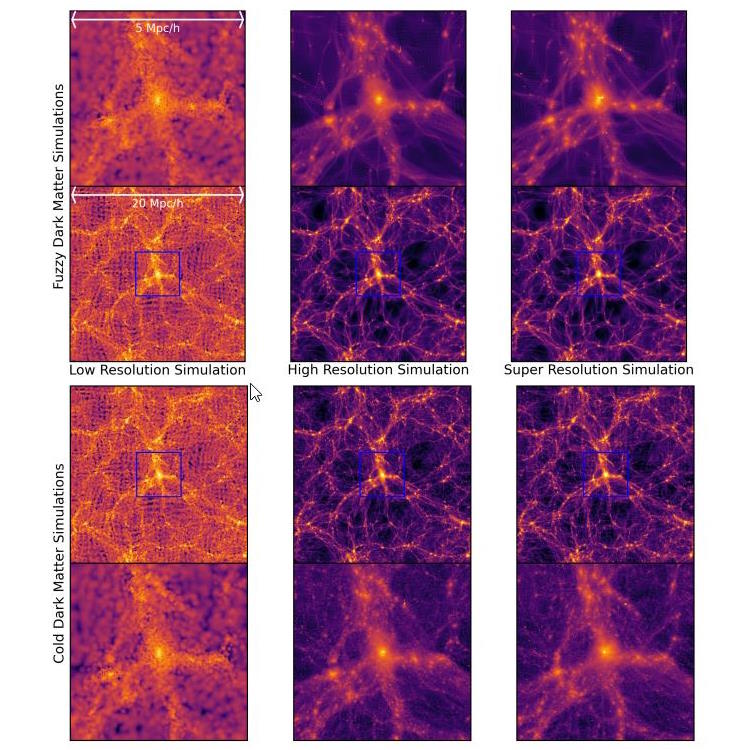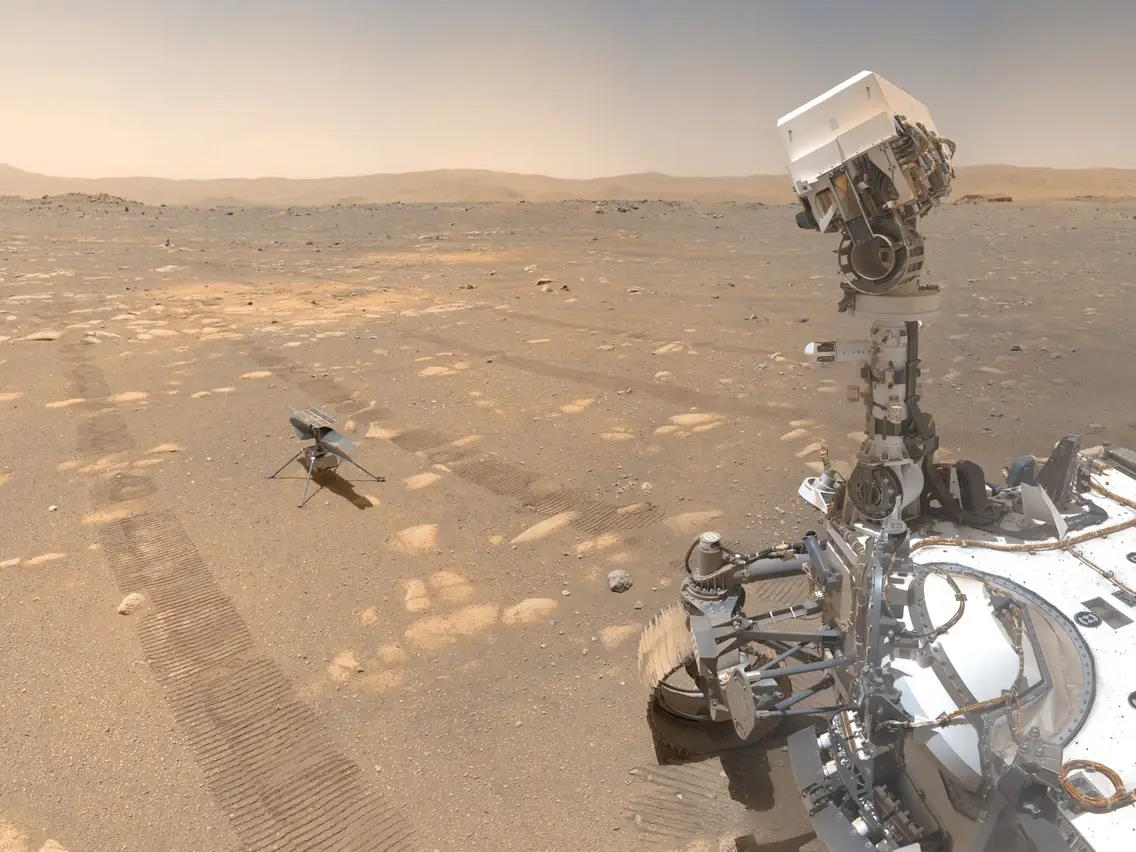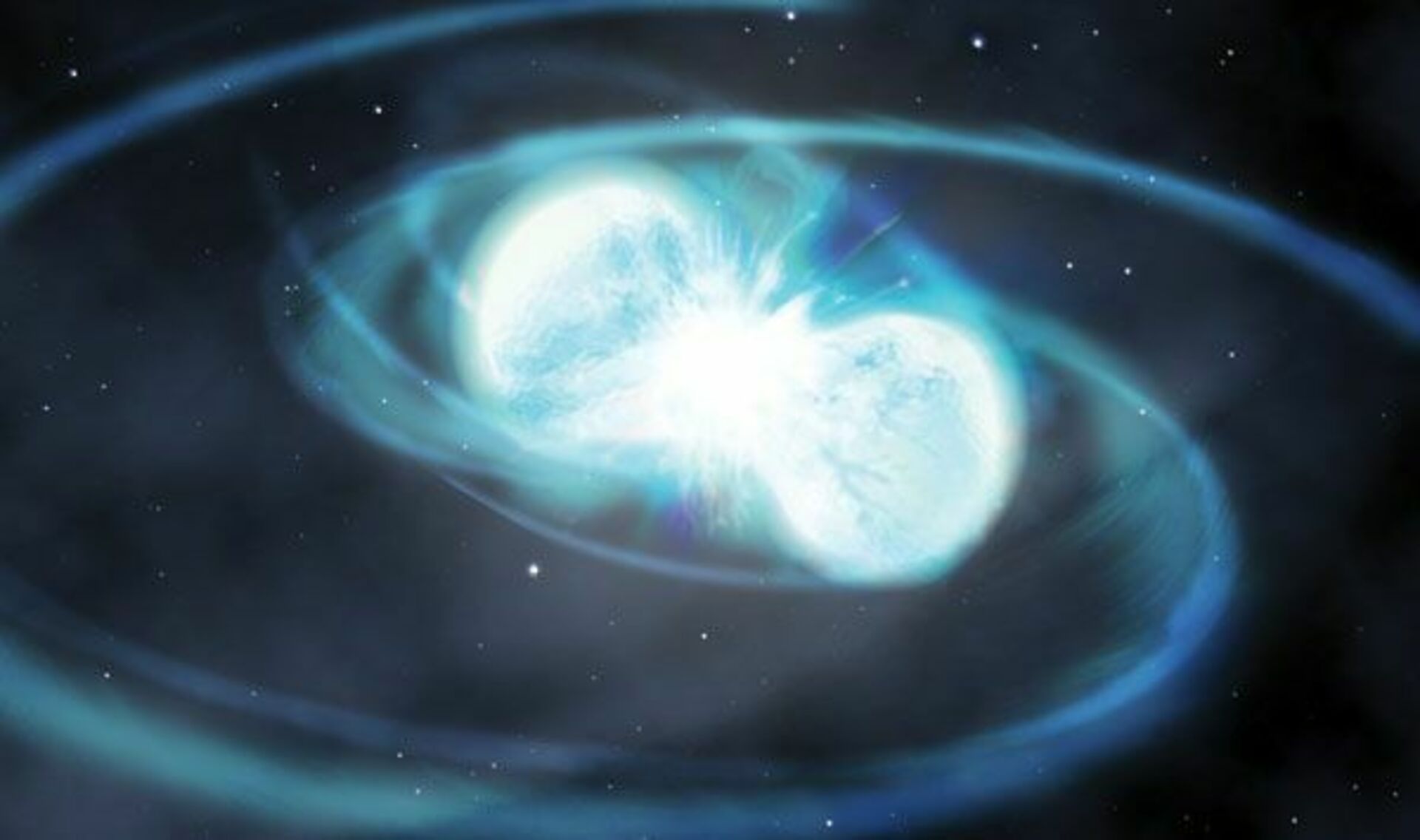Starts With A Bang podcast #97 – Tiny Galaxies And Us

- Although we live in a rich, evolved, massive galaxy, most of the galaxies in the Universe are much smaller, lower in mass, and less enriched than the Milky Way.
- These tiny galaxies, although difficult to study, provide us with a glimpse into the cosmic past, and the early material that assembled to form modern galaxies like our own.
- We’re finally studying these galaxies in more detail, including at the outskirts of the Local Group and even beyond. Come find out what we’re learning!
When we look at our nearby Universe, it’s easy to recognize our own galaxy and the other large, massive ones that are nearby: Andromeda, the major galaxies in nearby groups like Bode’s Galaxy, the group of galaxies in Leo, and the huge galaxies at the cores of the Virgo and Coma Clusters, among others. But these are not most of the galaxies in the Universe at all; the overwhelming majority of galaxies are small, low-mass dwarf galaxies, and if we want to understand how we formed and where we came from, it’s these objects that we need to be studying more intensely.
So what is it that we already know about them? What has recent research revealed about these tiny galaxies in the nearby Universe, both inside and beyond our Local Group, and what else can we look forward to learning in the relatively near future?
Join me for a fascinating discussion with Prof. Mia de los Reyes of Amherst College, as we dive into the science of the tiniest galaxies of all, and what they can teach us about our cosmic history as a whole!





